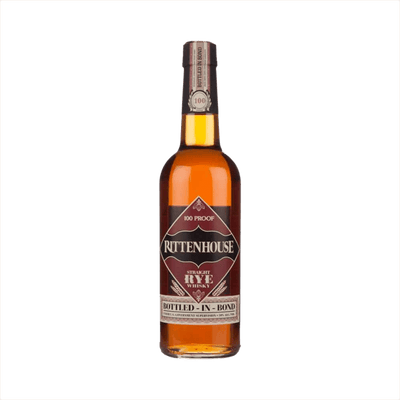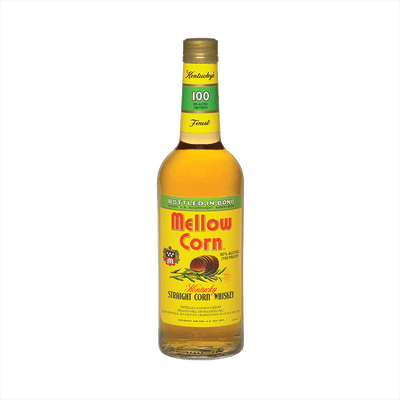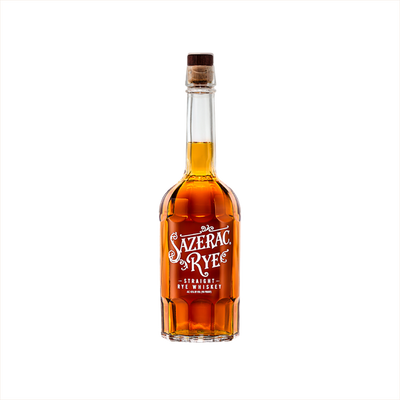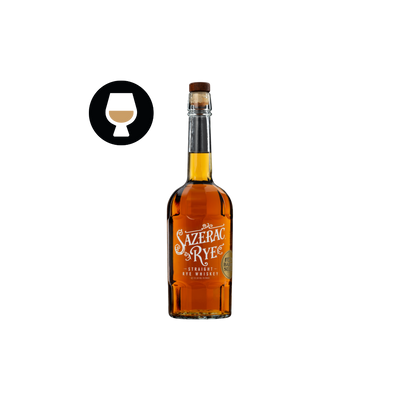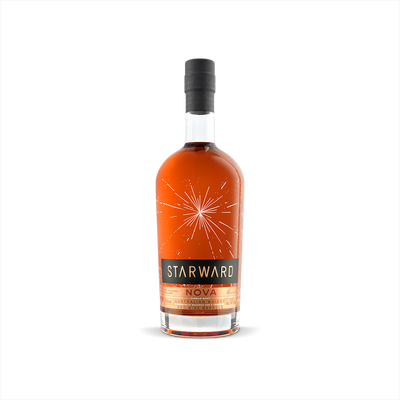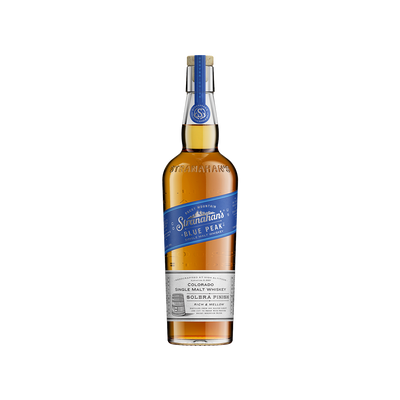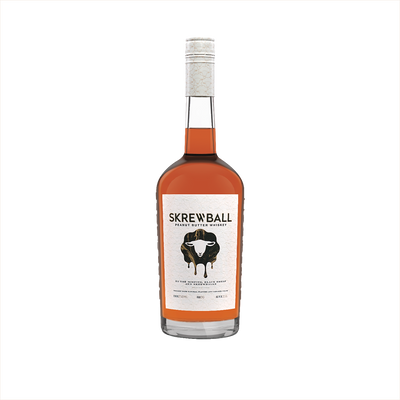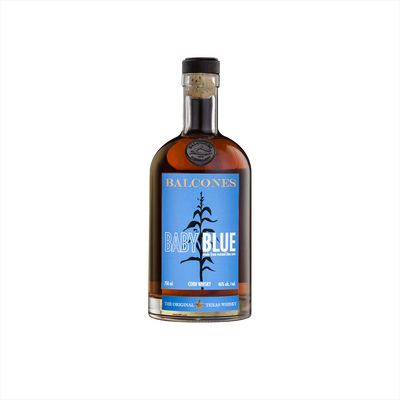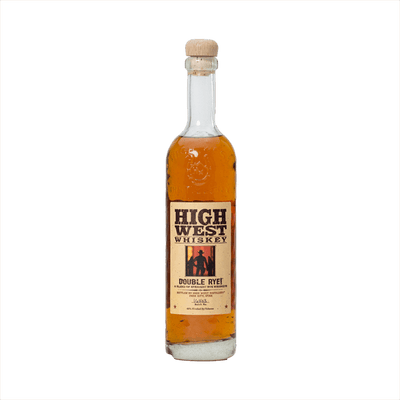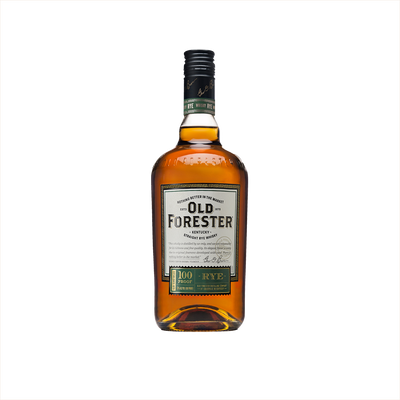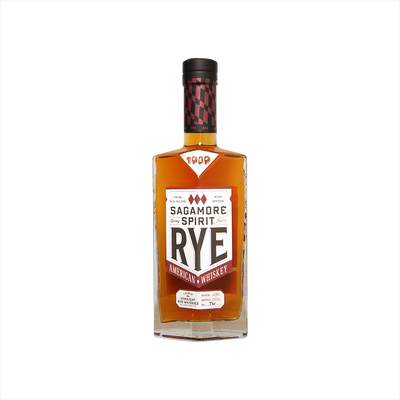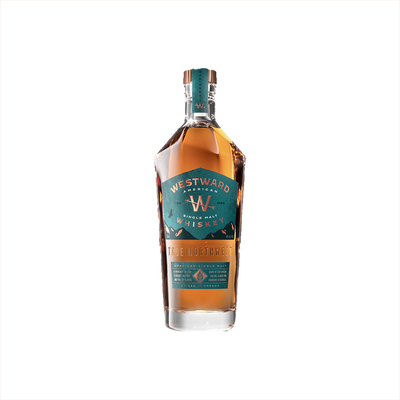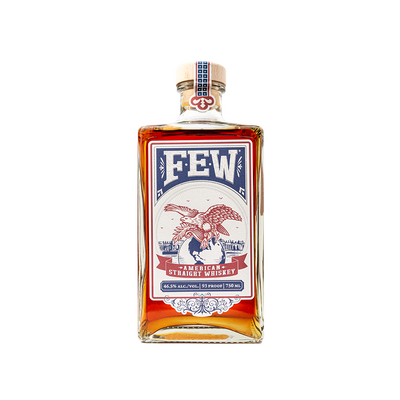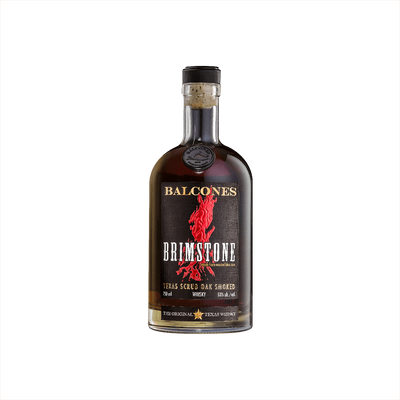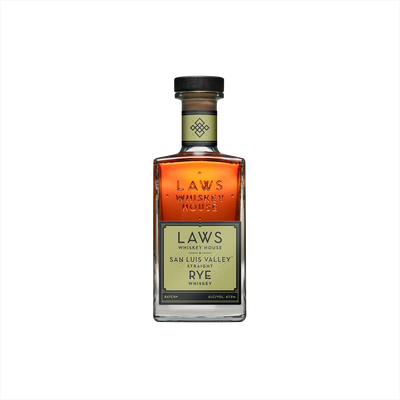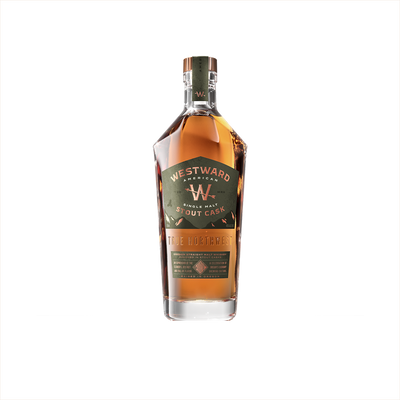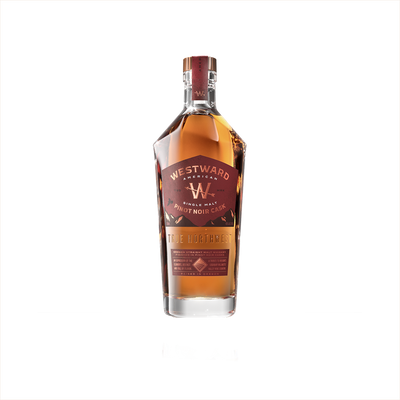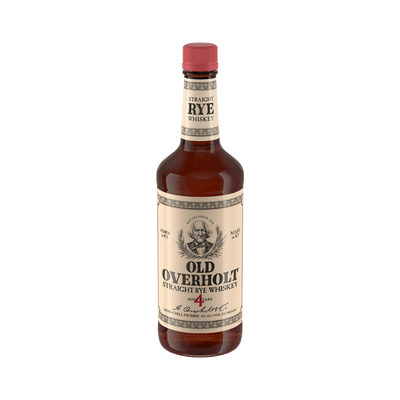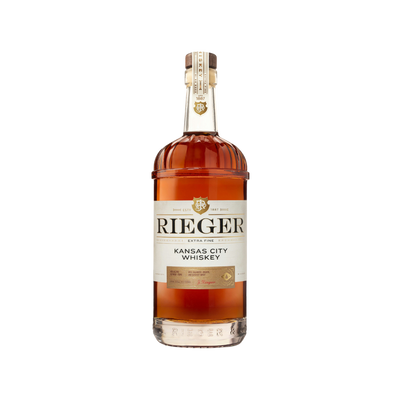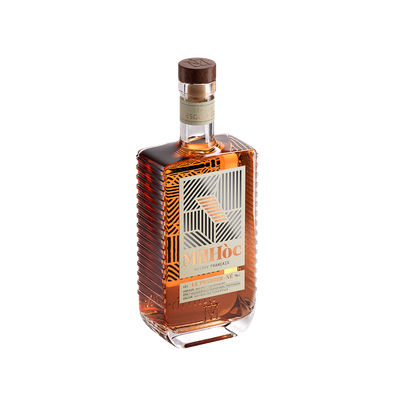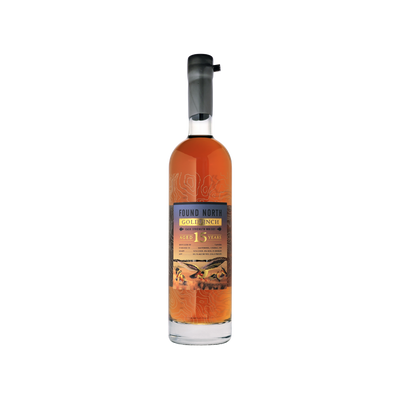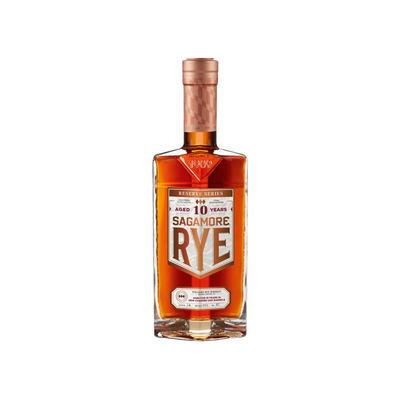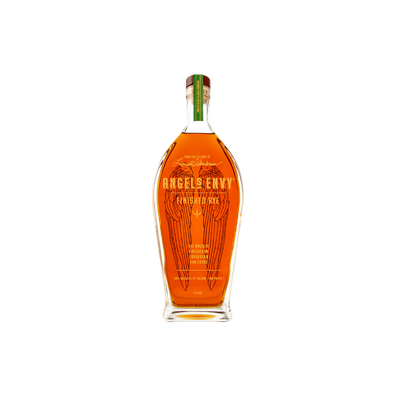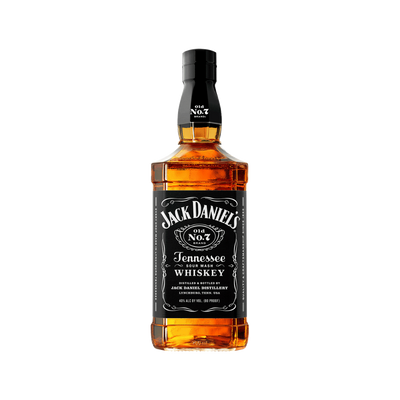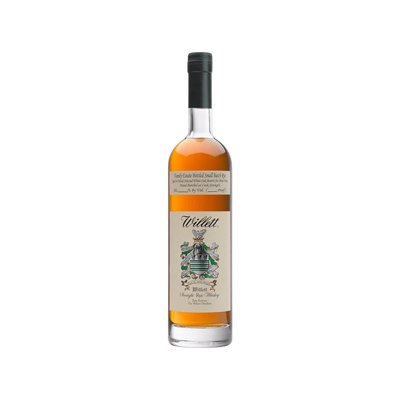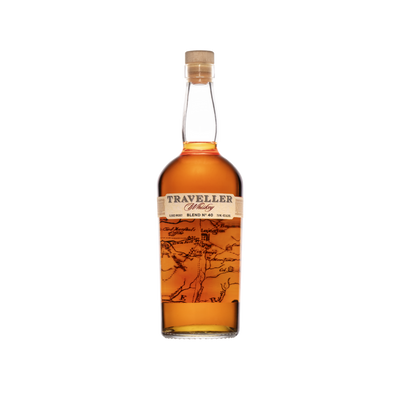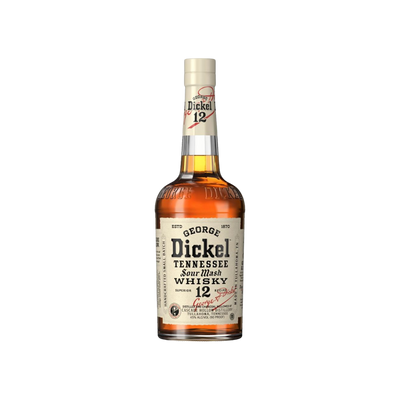Other Whiskey
What is Other Whiskey?
Other Whiskey represents the creative playground of American distilling, encompassing any whiskey that doesn't fit neatly into the traditional categories of bourbon, rye, or corn whiskey. These spirits break free from the strict mash bill requirements and aging regulations that define their more famous cousins, allowing distillers to experiment with unusual grain combinations, alternative aging methods, or innovative production techniques. From wheat-forward expressions to single malt American whiskeys aged in exotic wood types, Other Whiskey captures the spirit of innovation that drives modern American distilling.
Learn More About Other Whiskey
What makes Other Whiskey unique?
Other Whiskey captures all the innovative spirits that don't fit neatly into traditional categories like bourbon, rye, or single malt Scotch - think flavored whiskeys, unique grain bills, experimental aging techniques, or bottles from emerging whiskey regions around the globe. These spirits break the conventional rules, whether it's a Japanese whisky aged in cherry wood barrels, an American wheat whiskey, or a flavored expression infused with honey or cinnamon. What makes them special is their willingness to push boundaries and offer drinkers something completely different from the standard whiskey playbook.
How is Other Whiskey made?
Other whiskey production starts with fermenting a mash bill that doesn't fit the strict legal requirements of bourbon, rye, or other defined categories - this could mean using different grain ratios, alternative grains like wheat or corn as the primary ingredient, or simply choosing not to meet aging specifications. The fermented mash gets distilled in either pot stills or column stills, then aged in various barrel types that might be new oak, used barrels, or even non-traditional wood like cherry or maple. These flexible production methods give distillers creative freedom to experiment with flavors and techniques that fall outside conventional whiskey boundaries.
How do you drink Other Whiskey?
Other whiskeys shine brightest when sipped neat or on the rocks, letting their unique character speak without interference - though adding a splash of water can open up more complex flavors in higher-proof expressions. These spirits work beautifully in classic cocktails like Old Fashioneds, Manhattans, and Whiskey Sours, where their distinctive profiles add depth to time-tested recipes. The versatility of other whiskeys makes them perfect for cozy winter evenings by the fire, casual summer barbecues, or any gathering where you want to share something a little different from the usual bourbon or rye selections.
How do I choose a good Other Whiskey?
Start by considering what you want from your whiskey - if you're making cocktails like a Whiskey Sour or Old Fashioned, look for bottles with bold, straightforward flavors that can stand up to mixers and won't break the bank. For sipping neat or on the rocks, focus on higher-proof options or those with unique mash bills that showcase the distillery's character, like wheated bourbons or high-rye recipes. Don't overlook smaller craft distilleries producing innovative American single malts or experimental grain combinations - these often offer distinctive profiles you won't find in mainstream brands.
Nutritional Information
Typical Calorie Range per Ounce: 64-70 calories
Typical Carbohydrate Range per Ounce: 0-0.1 grams
Typical Sugar Range per Ounce: 0 grams
Typically Gluten Free: No
Most whiskeys are made from grains that contain gluten, including wheat, barley, and rye. While the distillation process may remove some gluten proteins, many whiskeys still contain trace amounts that could affect those with celiac disease or gluten sensitivity. Some specialty whiskeys made exclusively from corn, rice, or other gluten-free grains may be gluten-free, but this varies significantly by producer and production method. Always check detailed product information and consult with manufacturers to confirm gluten-free status if you have dietary restrictions.
Scrolled this far? Your reward? Other Whiskey Trivia!
- Japan's whisky boom started with fake Scottish accents. Early Japanese distillers hired Scottish consultants who couldn't speak Japanese, so Japanese workers learned whisky-making techniques by mimicking the Scots' hand gestures and facial expressions during tastings. This led to some wonderfully unique interpretations of traditional methods that still influence Japanese whisky today.
- Indian whisky outsells Scotch globally by volume. India produces and consumes more whisky than Scotland, Ireland, and America combined. Most Indian "whisky" is technically made from molasses rather than grain, but recent craft distilleries are creating legitimate single malts using six-row barley that thrives in monsoon conditions, producing flavors you won't find anywhere else.
- Taiwan makes whisky that ages faster than physics should allow. The intense heat and humidity cause such rapid evaporation that a 12-year Taiwanese whisky can have the same concentration as a 20-year Scottish whisky. The constant temperature swings make the wood expand and contract so aggressively that distillers have to use specially reinforced barrels.
- Australian whisky legally includes a "sheep dung" flavor profile. Some Tasmanian distilleries burn sheep manure along with peat to dry their malted barley, creating a distinctly earthy, farmyard note that's become a prized characteristic. Bottles featuring this "paddock smoke" regularly sell for over $300 and have cult followings among collectors.
- French whisky makers are aging spirits in wine barrels that cost more than cars. Some French distilleries finish their whisky in barrels that previously held $500+ bottles of Burgundy or Bordeaux. The wood is so saturated with expensive wine that a single barrel can add $50 to the cost of each bottle, but the flavor complexity rivals cognacs costing thousands.
Higher-proof spirits can be intense. Mix carefully, taste thoughtfully, and enjoy responsibly.
Gift message (optional)

